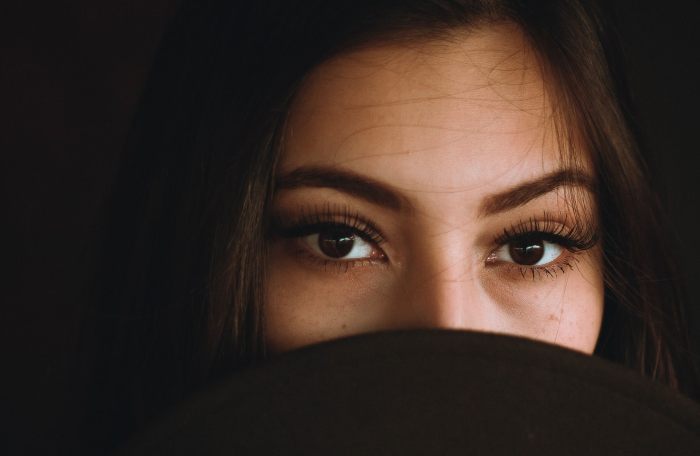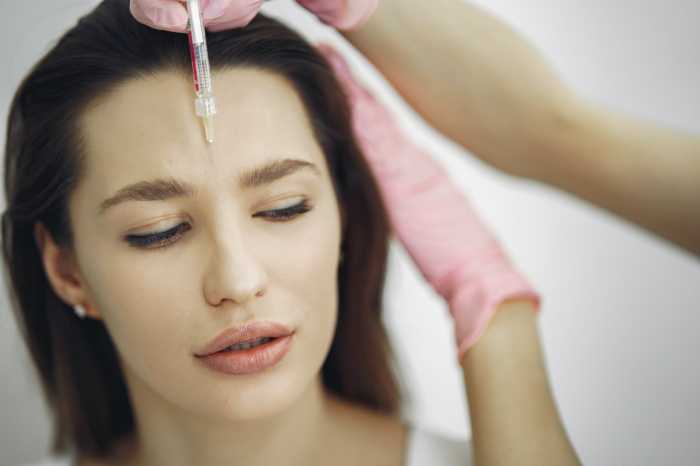Concealer can do wonders but at one point or another, it can only do so much for the dark circles underneath your eyes. Yes, you can own the look or you can start looking at some alternatives to concealer, something a bit more permanent.

Eventually, dark circles and hollow under-eye areas will start to affect your self-confidence. Fortunately, there is a solution available that offers more long-term results than concealer.
The main reason why dark circles tend to form is that with age, our tear troughs lose volume. In this guide, we will look at why you may have dark circles and how you can use dermal fillers to treat them.
Why Dark Circles Look More Prominent on Certain People
When you think about dark circles, you probably picture exactly what the term describes. However, the term dark circles is actually used to describe several different cosmetic concerns related to the eye area.
You may have previously thought that dark circles have everything to do with a lack of sleep. The reality is they have more to do with genetics than anything else.
Some people naturally have less fat int the under-eye area. This lack of volume tends to form an indentation that’s commonly known as a tear trough hollow.
It’s normal to have a slight indentation between the rim of your eye socket and your lower lid. However, when this indentation becomes too severe, it can make the eye area look darker and more aged.
Over and above genetics, lifestyle, and environmental factors such as allergies, sun exposure, and dehydration can also have a negative effect on the undereye area.
Dark Circle Severity and Age
According to Aesthetic Harmony beauty clinic, because volume loss is a natural effect of ageing, dark circles can get worse with age.
Cellular ageing occurs as we get older. What this means is that the cells aren’t as robust as they used to be when they turnover.
It is possible to slow this process by wearing sunscreen, staying hydrated, eating a balanced diet and getting enough sleep. However, additional measures might still be necessary.
Using Dermal Fillers to Treat Dark Circles

Dermal fillers can be used in two different ways when treating dark circles.
1. Revolumize the Cheek Area
As volume loss gets worse, the fat pads in the cheeks start to drop. Unfortunately, while this will affect the appearance of your cheeks, it will also impact the under-eye area. Dermal fillers can be used to give the cheekbones more definition and restore volume to the area. By treating the cheek area, the under-eye area is automatically supported and it reduces the visibility of the tear trough.
2. Treat the Tear Troughs
If your cheeks are still plump and youthful but you have a sunken or dark under-eye area, you may just have deep tear troughs. Injecting filler into the tear troughs will lift this area and reduce the depth of the natural line under the eye. As an added benefit, the fillers also enhances the natural transition from the eyes to the cheeks.
The Basics of a Dermal Filler Treatment

The average dermal filler treatment won’t last longer than 30 minutes, which means it’s the ideal lunchtime treatment.
Prior to your appointment, it’s best to avoid any medications that could thin your blood for several days. Alcohol should also be avoided because it has the same effect.
Before you pursue dermal filler treatments, it’s important to schedule a consultation and discuss your requirements with a professional clinician. They can help you decide which areas you should be treating and how many injections you will need.
If you are worried about general discomfort during your appointment, you can request that a topical numbing cream be applied.
There’s no real way to tell how many injections you will require without a consultation. Once the injections have been administered, the area will be gently massaged to create an even result.
Since there will be some swelling, you can apply a cold compress to the area after your session. You should also avoid any direct sun exposure and high-intensity workouts for at least a day after your appointment.
Know that not just anyone should be administering dermal fillers, you need the assistance of a qualified, experienced and reputable injector.










